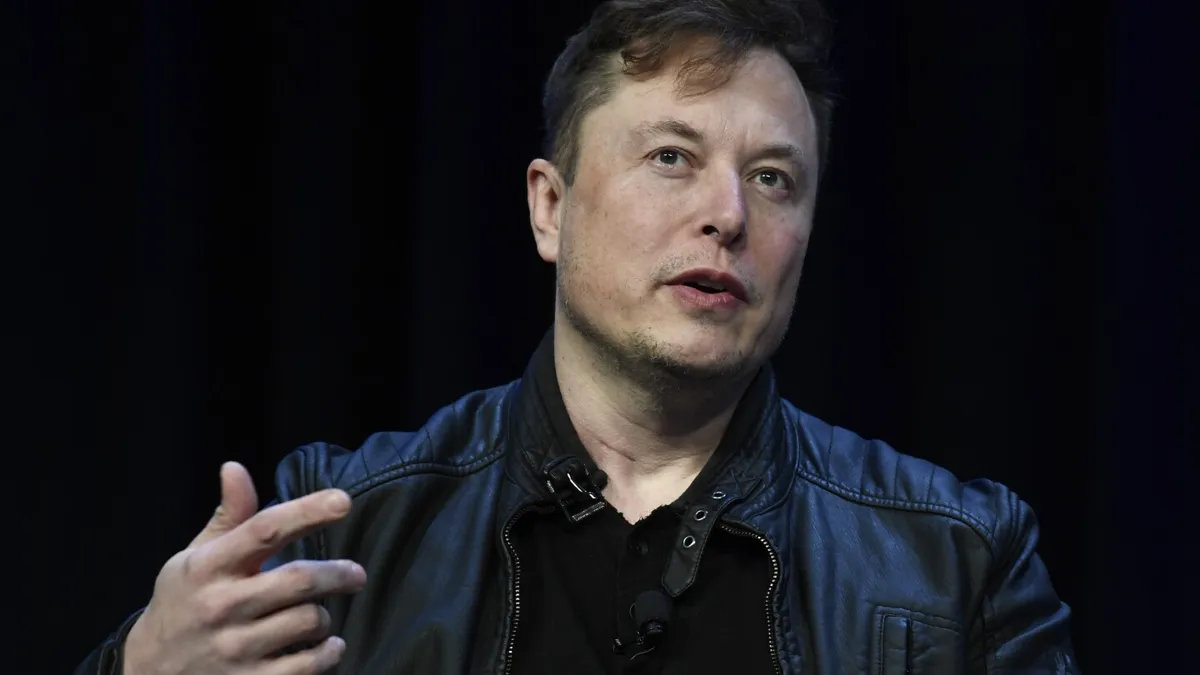
In a heated exchange on social media, President Donald Trump and Elon Musk engaged in a public spat that has significant implications for the future of space exploration. Musk, the world’s richest man and CEO of SpaceX, threatened to decommission the Dragon spacecraft—a critical vehicle used to transport astronauts and supplies to the International Space Station (ISS). This confrontation arose after Trump suggested he might cut government contracts awarded to Musk's ventures, including SpaceX's rocket services and Starlink internet satellite system.
Musk’s response on X (formerly Twitter) indicated that SpaceX would “begin decommissioning its Dragon spacecraft immediately.” While it's unclear how seriously to take Musk's declaration, the Dragon capsule plays a vital role in sustaining operations on the ISS. Developed with substantial government contracts, the Dragon spacecraft is crucial not only for transporting astronauts but also for delivering essential supplies to the orbiting laboratory.
Currently, SpaceX stands as the only U.S. company capable of safely transporting crews to and from the ISS using its four-person Dragon capsules. In stark contrast, Boeing's Starliner capsule has experienced significant setbacks. Following a problematic test flight last year, which forced two NASA astronauts to return to Earth aboard a SpaceX vehicle, Starliner remains grounded as NASA deliberates on whether to conduct another test flight with cargo instead of crew.
SpaceX is not just limited to government contracts; the company also operates its own privately chartered missions. The next such mission is scheduled to launch next week, arranged by Axiom Space, a Houston-based company. Additionally, cargo versions of the Dragon capsule are responsible for ferrying food and other vital supplies to the ISS, highlighting its importance in maintaining the space station's operations.
Currently, the only alternative for crew transport to the ISS is Russia's Soyuz capsules, which accommodate three astronauts at a time. Presently, each Soyuz launch carries two Russian cosmonauts and one NASA astronaut, while SpaceX missions typically include one Russian crew member as part of a barter arrangement. This ensures that in the event of an emergency requiring a quick return, both U.S. and Russian representation is maintained onboard.
Since its inaugural crew launch for NASA in 2020, SpaceX has significantly reduced the U.S.'s dependency on Russian spacecraft for crew transport. Previously, Russian flights cost the U.S. tens of millions of dollars per seat, a financial burden that has now been alleviated thanks to SpaceX’s capabilities. NASA has utilized Russian spacecraft for cargo transport as well, often in collaboration with U.S. contractor Northrup Grumman.
Beyond crew transport, SpaceX has successfully launched numerous science missions and military equipment for NASA. In the previous year, the company secured a contract with NASA to assist in decommissioning the ISS when it ultimately reaches the end of its operational life. Moreover, NASA has selected SpaceX's Starship mega rocket for upcoming lunar missions, emphasizing its critical role in future space endeavors. However, recent test flights of Starship have encountered issues, including a dramatic failure during its ninth test flight last week.
The ongoing developments in this saga between Trump and Musk not only highlight the dynamics of space exploration but also underscore the importance of private companies in advancing human presence in space. As these events unfold, the future of space missions, both crewed and uncrewed, hangs in the balance.